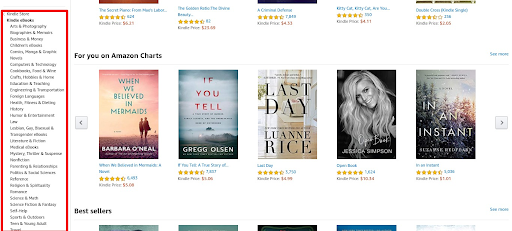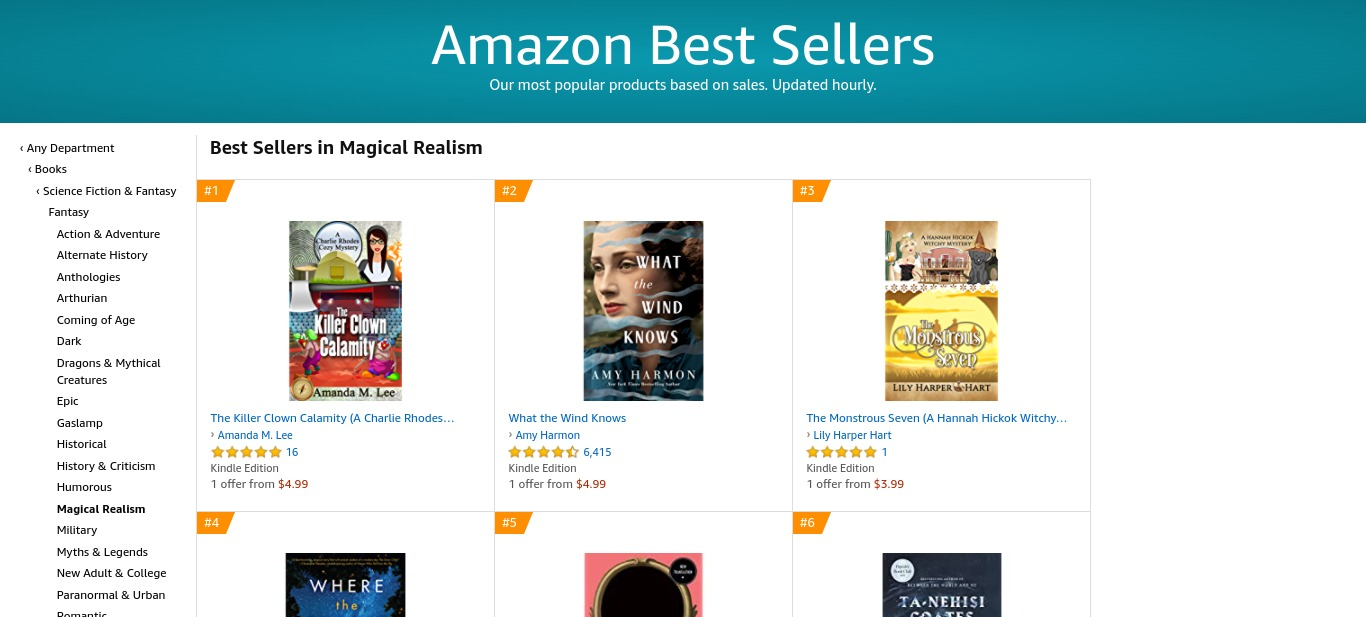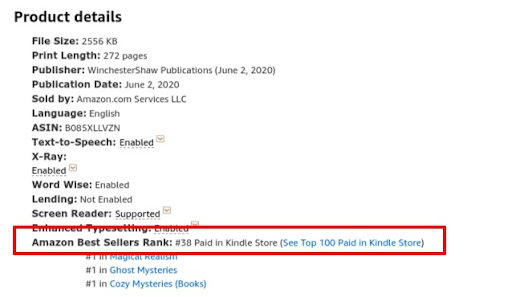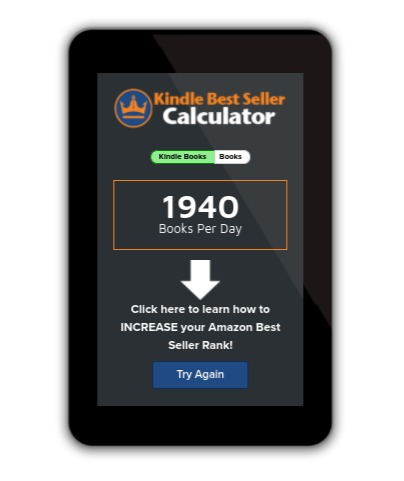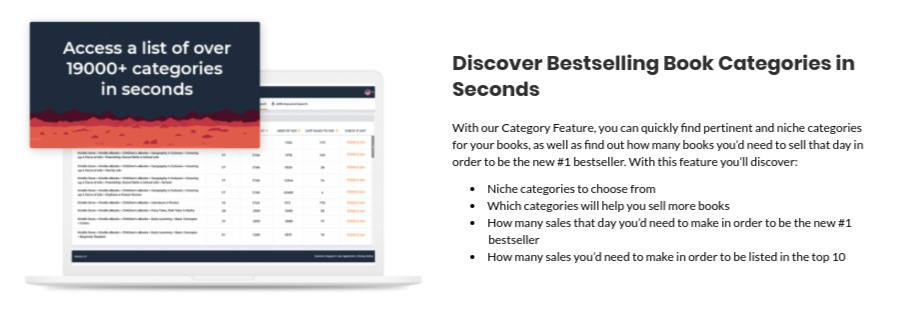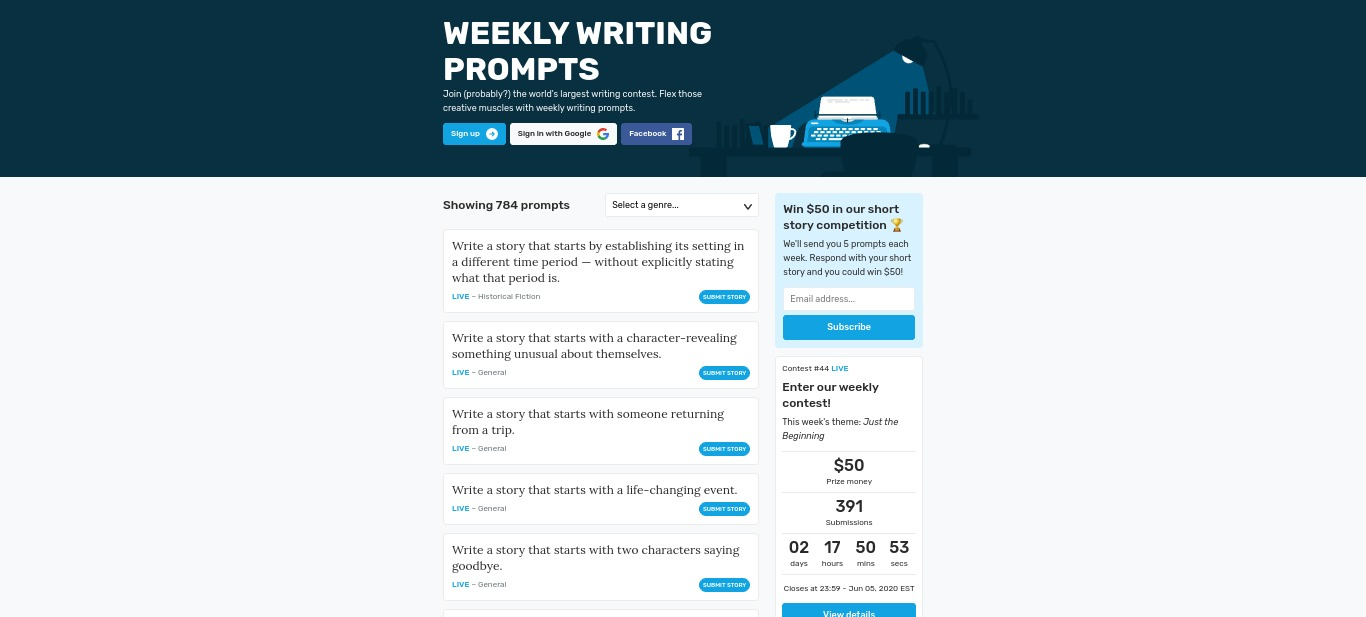What makes two novels next to each other on the Amazon page different from one another? They might be similar stories involving common genre tropes. But some people connect more with one writer’s work and other readers will connect with a different book. Why?
A large reason is the writer’s voice. A ‘voice’ is a writer’s specific style. It’s the way they build a novel — the syntax they use and the grammar choices they make. It’s what makes one writer’s story different from another’s.
In this article, we’ll look at how you can find your writing voice.
Step 1: Read a Lot
Stephen King once said, “If you don’t have time to read, you don’t have time to write.”
If you want to be an author, you’ve got to read. Plain and simple.
Reading a wide range of texts will develop your palate for understanding all the different techniques writers use in their novels. You’ll find tricks you want to mimic in well-written books, and you’ll find things you want to avoid in books you don’t like.
I know a lot of writers will say they don’t read because they don’t want outside influences on their work. But imagine someone trying to play professional baseball if they’ve only had the rules explained and never actually seen or played a game before.
Reading more in your genre will give you insight into what works and what doesn’t with your intended audience. If you’re not a reader, you’re just guessing what your audience wants.
Step 2: Identify the Genre You Love and Want to Write In
Once you’ve read a lot of books (there’s a reason why that’s point number one), you must look at the different types of genres to write in.
The books you like to read will probably dictate what you will write in. It makes sense. If you’re a hardcore science fiction or horror fan, you’re probably not going to enjoy writing mystery romance novels long-term. Writing about topics you love will mean a lot of the structural elements of your story should come naturally to you.
Also, you’ll enjoy the reading part of your job as an author. As we spoke about earlier, it’s vital to read books in your genre so you understand what’s popular with your ideal audience. On top of that, if things go well in your writing career, you may one day see your book next to your favorite titles in book stores. How cool is that?
Writing in genres and categories you enjoy is only half the battle though. You also need to write to a market big enough to support your writing that isn’t too competitive. While it sounds like that’s a mighty fine needle to thread (and it is), you can do a lot of the work with some keyword research or, in this case, category research.
There’s no point starting a business writing books for an audience that doesn’t exist. With some category research, you’ll be able to find book categories that are underserved. To get your category research down, there are two key methods you should know about.
The first is a manual method.
Step One: Find the Kindle category page on Amazon and browse different sub-categories until you find one you’re interested in.
Step Two: When you find a category that lines up with your interests, click on it and go to the best sellers page.
Step Three: Go to the top-selling book in that category and find that book’s best-seller ranking. This number is how well that book is selling against every other book on Amazon.
So, for example. The book mentioned is the 38th best-selling book on Amazon.
Step Four: Head to my KDP Sales Calculator and type in the book’s best-seller ranking. This will give you an estimated daily sales target of that book.
Step Five: Do the same process with the third book in the category, the 10th book, and even the 20th book.
Step Six: Repeat the process for every category you’re interested in.
Here is what you’re looking for when you complete category research.
- The closer those numbers are, the better the category. For example, if the top-selling book in the category and the 10th best selling both sell well, it’s likely customers will go to that category page to buy books. So getting to the top of the category is great.
- Is the category selling enough books for you? Some categories on Amazon sell really well, while others don’t.
- Is the category too competitive? If you’re starting out, entering a busy category with a lot of high-selling books means yours will probably get lost in the crowd.
- It’s also important to watch out for any new release books in your category. A new release will probably be riding the coattails of a successful book launch. It’s highly likely their daily number estimate isn’t predictive of the book’s long-term selling ability.
So for the example that I shared above:
- The top-selling book was incredibly high-selling (number 35 in all of Amazon!)
- The tenth best-selling book was selling on average 114 books a day
- Both the top-selling book and the tenth best-selling book were recent books–the top-selling book was incredibly new at the time of writing this.
With all of that information, to me, that category wouldn’t be a great one to get into as a new writer. While the sales are there, it looks to be very competitive and the volatility of new books makes it hard to get a fully educated judgment.
Doing this process for every category you’re interested in is important but can take an awfully long time. The second way you can research categories is much quicker. You can use my tool, Publisher Rocket to access a bunch of category data.
You can see all of Amazon’s categories in seconds and get all the information taken from the steps above. You’ll get the category name along with the sales of the best-seller and how many books you’d need to sell to make the top 10.
Either process works when finding categories. Whichever one you choose though, make sure you do your research. You don’t want to spend months writing your first book just to see it not sell because you didn’t want to do your homework.
Step 3: Free Write
Once you’ve got ideas for categories that will sell, get writing.
You don’t have to write your novel straight away, but just try writing anything. Try some short stories, poems, passages of dialogue.
Write in a range of genres, talking about characters from all walks of life. You don’t need to plan these sessions; just write. You can also use writing prompts to get the initial push to start writing. This solves every writers’ biggest hurdle, an empty page.
On the days when your creativity muscle isn’t flexing, you can even re-write passages from your favorite novels.
Re-writing is actually a tool that many copywriters (people who write ads and sales letters) use to learn the writing tricks of their favorite writers. Use the same strategy to better your writing on days where you can’t find your creativity. For added impact, rewrite the passages by hand too, don’t type it. Writing by hand gives you time to focus on every word used and every choice the author made in writing that passage.
Step 4: Practice Writing Every Single Day
If you want to get better at a hobby–let’s say playing the piano, you’d do so by practicing. The same goes with writing. The more you write, the better you’ll become. Writing every day has other important benefits too:
- You’ll develop good writing habits. That way, when you need to write a novel, you’ll have the time and practice to do so. Over the long run, it’s a lot easier to write every day and keep consistent rather than try to turn it off and on when you need it.
- You get time to fine-tune your craft. Writing daily will boost your development as a writer and you’ll eventually find little nuances in the way you write — this is your “voice.”
You don’t have to dedicate a lot of time to write every day. Start with five minutes. From there, you can build to ten minutes. Then twenty. Slowly build your writing time up and, soon enough, you’ll be easily dedicating a few hours every day to writing.
And the more you write, the more you’ll refine your writer’s voice.
Final Thoughts
Finding your writer’s voice isn’t easy. However, with some reading, a little research, and a lot of practice you’ll be able to find your little slice of the book market and write in a way that draws the right audience to you.
***
Dave Chesson is the founder of Kindlepreneur.com and creator of Publisher Rocket, a software that helps authors market their books more effectively.
Photo by Laura Chouette on Unsplash

